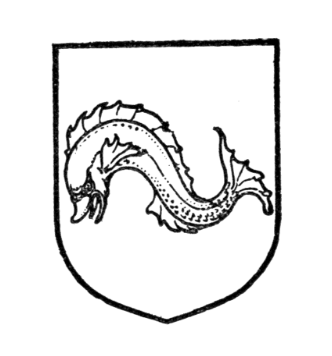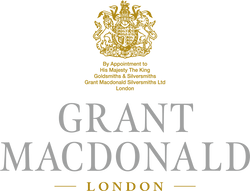
Now, where were we? In our previous instalment, we took a look at some of the popular creatures who have appeared in heraldry for hundreds of years - and took a cooling dip into their symbolic meanings, from the legacy-nourishing pelican to the fiercely wealthy dragon. However, these magnificent creatures are not the only symbols that appear on crests and loving cups, carrying meaning with them. The alphabet of symbols starts here...

A is for Arrow
As a weapon associated with avengement, arrows and arrowheads symbolise readiness for a fight. You’ll find this symbol in Polish armoury, where a bow and arrow signified a man ready to challenge himself in battle. These days, when a clash of swords is far less common than a clash of wits, an arrow is used to symbolise dexterity and nimbleness, an individual who is able to understand complicated problems thanks to their penetrating intelligence.

B is for Bar
Those wide, horizontal shapes that stretch across the centre of a shield are called bars. There are strict rules against the use of these in heraldry - there can’t be more than one fesse on a shield, so if two charges occur, they are called bars, a narrower version of a fesse. If your crest features a bar, you are honourable, capable of withstanding angry passions and evil temptations. Below the bar is the barrulet, usually appearing as a pair - and these are awarded for acts of bravery.

C is for Chevron
You’ll see a great deal of these in British heraldry - this shape represents protection , and was granted to those who had built a church or a fortress, or had accomplished a job that required faithful service. Originally, the chevron reached to the very top of a shield, but over time it has begun to be drawn lower, with a less acute inner angle - allowing for a more attractive look when used in conjunction with other design elements.

D is for Dolphin
You may be surprised to find a dolphin within a coat of arms, but as an emblem of safe travel, kindness and charity, this creature is very popular. In fact, before modern science identified the dolphin as a mammal, it was considered by older heralds to be the king of fish - much like the lion is the king of beasts. It’s always drawn curved, even though a dolphin has no curve in reality.

E is for Escallop
One of the most popular symbols across the world - and it’s one that’s been around since long before the art of heraldry. Originally the symbol of St James, the patron saint of pilgrims, it was introduced to armoury to signify a soldier who had made a long journey, gained great victories, and taken command of naval forces. During the crusades, it became a very common symbol of a voyager, and carries a sweet second meaning - since the shells of an escallop cannot be rejoined after they’ve been separated, a closed escallop is a symbol of fidelity.
-
Discover more about heraldic symbolism as we continue moving through the alphabet of symbols next week, and feel free to find out more about the work we do for the City of London by exploring our website.